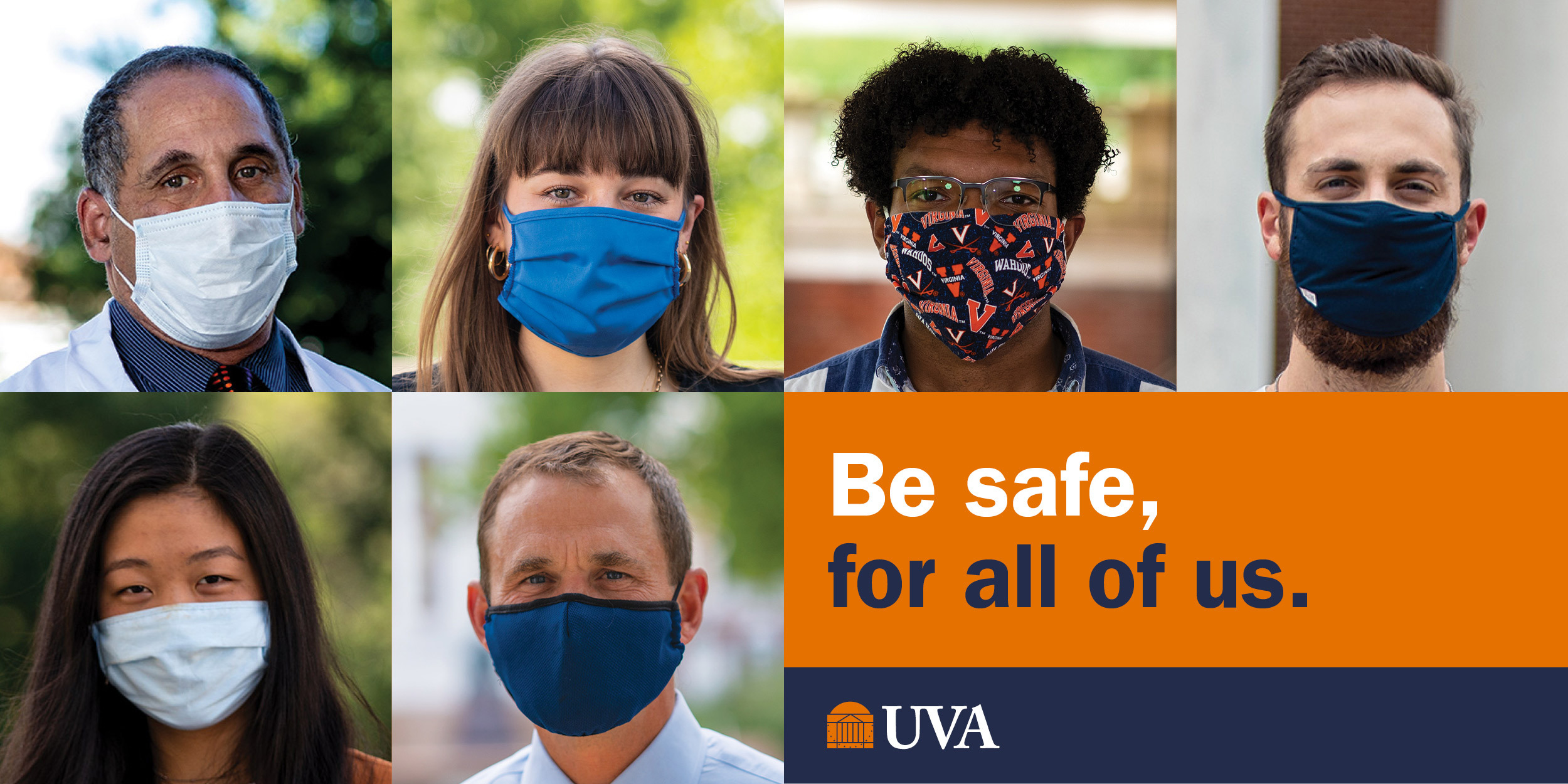The University of Virginia on Friday announced several expanded COVID-19 testing methods to monitor and prevent the spread of virus within the UVA and Charlottesville communities, part of a broad array of testing protocols and safety measures UVA has put in place for the fall semester.
In an email to the student body on Friday, UVA Provost Liz Magill, Chief Operating Officer J.J. Davis and Department of Medicine Chair Mitch Rosner alerted students to these new methods of population testing, and thanked them for their efforts and cooperation as the semester begins.
“We recognize that everyone has some level of virus-fatigue, and we all yearn for a return to more normal routines and rhythms of University and community life. Until that’s possible, we must contend with what’s before us, stay vigilant, and remain patient,” Magill, Davis and Rosner wrote. “Our vigilance includes closely and regularly monitoring the prevalence of the virus on Grounds and in the local community, and acting on what we learn. Testing and contact tracing play key roles here.”

Since March, the leaders noted, UVA Health has tested thousands of samples from both symptomatic and asymptomatic members of the University and Charlottesville communities. The message outlined three measures for even more robust testing, focused on identifying potential cases and outbreaks before they take hold. These methods include:
- Asymptomatic prevalence testing: Beginning after Labor Day, the University will notify a number of students each day that they have been selected to provide samples. Students who are selected for a mandatory test will receive an email with detailed instructions. Testing, using nasal swabs, will take place in the Student Activities Building and results will be available within 24 to 48 hours.
- Saliva Screening: Later this month, UVA will a launch a program that will use saliva samples to quickly screen large numbers of asymptomatic students over the course of the semester. There will be multiple screening locations around Grounds where students can stop by and provide a sample. Results will be provided quickly, often on the same day.
- Wastewater analysis: UVA will also test wastewater at residence halls for the presence of COVID-19, working with the Virginia Department of Health. If wastewater samples indicate new COVID-19 infections are present in a particular building, the University will conduct virus testing for all of the residents of that residence hall.
“Our goals with expanded testing are to be able to rapidly identify infections and be able to isolate infected individuals with the aim of limiting transmission,” Rosner said. “The team at UVA Medical Labs are real heroes for their round-the-clock efforts to support these initiatives.”
These testing methods complement several other measures UVA has adopted to monitor COVID-19 on Grounds and in the community, including pre-arrival testing for students via the Let’s Get Checked testing service, which provided students with free self-administered testing kits. Academic Division faculty and staff members and employees of the nine major contractors working on Grounds can also request free testing kits via Let’s Get Checked, and Medical Center and University Physicians Group employees can register for free asymptomatic testing appointments at a satellite UVA Health COVID-19 testing site.
More information about testing for asymptomatic faculty, staff and contract workers is available here. UVA is also providing free weekly community testing at four sites around the Charlottesville area.
Any students with COVID-19 symptoms should contact Student Health and Wellness immediately for evaluation and testing; employees experiencing symptoms should contact Employee Health.
All members of the University community studying or working on Grounds this fall are also required to complete a daily health check through the Hoos Health Check app. In addition, the University has adopted numerous public health guidelines and policies related to physical distancing, including requiring all members of the University community to wear a face covering when outside their household and limiting social gatherings to no more than 15 people.
More information and answers to Frequently Asked Questions are available on the Return to Grounds site.
Media Contact
Article Information
September 4, 2020
/content/uva-expands-methods-student-testing-monitoring-presence-covid-19

